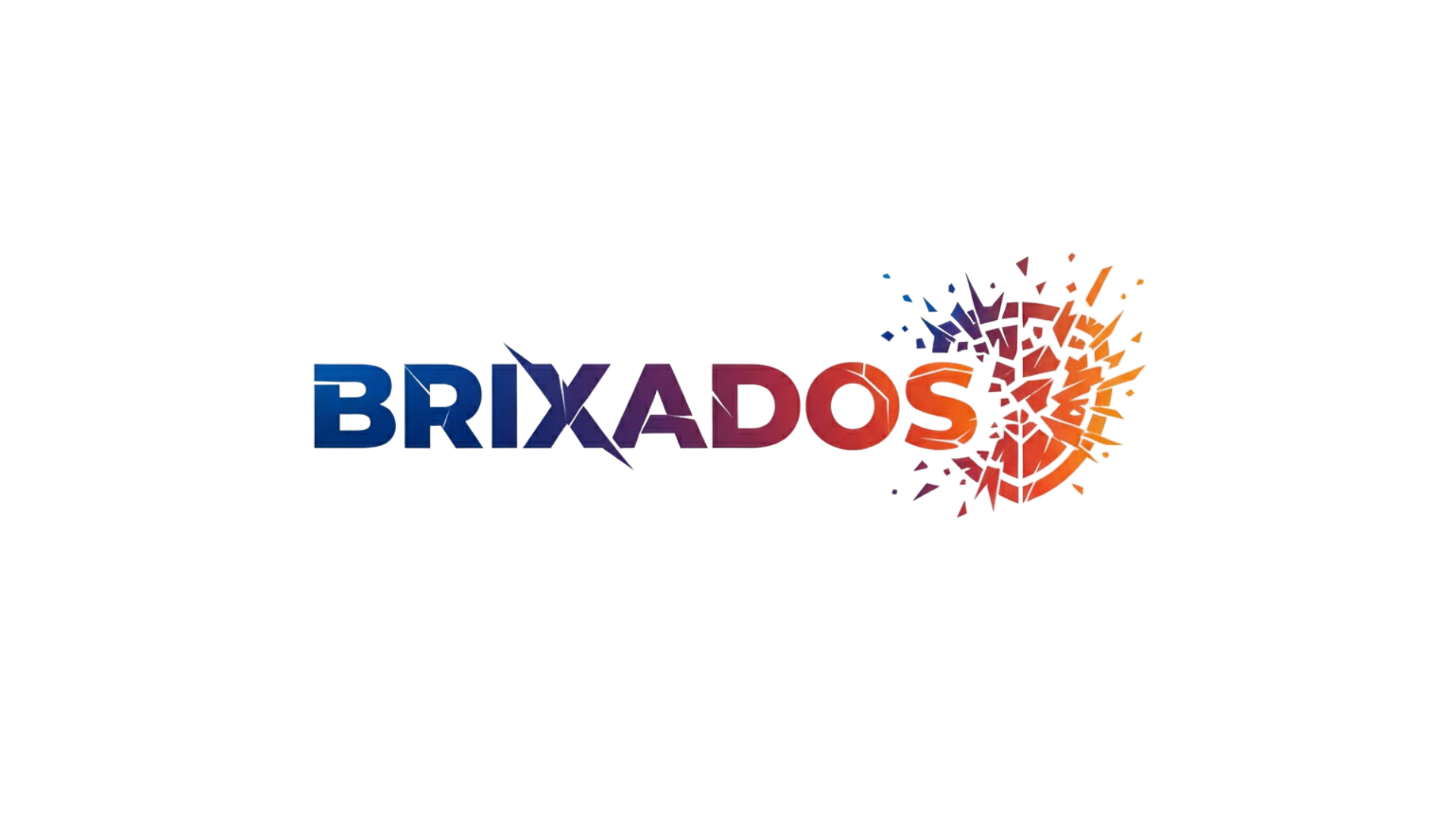Shadow work is one of the most transformative psychological practices available for those seeking authentic personal growth and deep self-awareness.
🌑 Understanding the Shadow: What Lies Beneath the Surface
The concept of the shadow was introduced by renowned Swiss psychiatrist Carl Jung, who described it as the unconscious part of our personality containing repressed ideas, weaknesses, desires, instincts, and shortcomings. The shadow isn’t inherently negative—it’s simply the aspects of ourselves we’ve learned to hide, deny, or suppress throughout our lives.
From childhood, we receive messages about what is acceptable and what isn’t. When certain traits, emotions, or behaviors are criticized or punished, we learn to push them into our unconscious mind. These rejected parts don’t disappear; they form our shadow self, continuing to influence our thoughts, behaviors, and relationships from behind the scenes.
The shadow contains not only negative traits but also positive qualities we’ve been conditioned to suppress. Perhaps you were told not to be “too confident” or “too ambitious.” These positive attributes can become shadowed just as easily as negative ones, limiting your full potential and authentic expression.
💡 Why Shadow Work Matters for Personal Transformation
Engaging with shadow work is essential for several compelling reasons that directly impact your quality of life and personal development journey.
When shadow aspects remain unexamined, they manifest in destructive patterns. You might find yourself repeatedly attracting the same problematic relationships, sabotaging success just as you’re about to achieve it, or experiencing intense emotional reactions that seem disproportionate to the situation at hand.
Shadow work helps break these cycles by bringing unconscious patterns into conscious awareness. Once you can see these patterns clearly, you gain the power to change them. This process leads to greater emotional freedom, healthier relationships, and a more authentic sense of self.
Integration of shadow aspects also increases your overall psychological energy. When you’re constantly suppressing parts of yourself, it requires tremendous psychic energy. By accepting and integrating these aspects, you free up this energy for creativity, productivity, and genuine connection with others.
🔍 Recognizing Your Shadow: Signs and Signals
Your shadow reveals itself in predictable ways once you know what to look for. Developing awareness of these signals is the first step in effective shadow work.
Projection and Judgment
One of the most reliable indicators of shadow material is projection—when you have strong emotional reactions to traits in others. The qualities you most dislike or judge harshly in other people often reflect disowned aspects of yourself.
If you find yourself consistently irritated by someone’s arrogance, there may be unacknowledged arrogance within you. If you’re triggered by people you perceive as weak or overly emotional, you might be suppressing your own vulnerability.
Repetitive Patterns
Recurring life patterns signal shadow material demanding attention. These might include:
- Repeatedly attracting partners with similar problematic behaviors
- Experiencing the same conflicts in different workplaces
- Self-sabotaging when approaching important goals
- Feeling like an impostor despite genuine achievements
- Struggling with the same emotional challenges for years
Disproportionate Emotional Responses
When your emotional reaction seems much stronger than the situation warrants, your shadow is likely activated. A minor criticism that ruins your entire day, or a small rejection that triggers intense shame, points toward deeper unresolved material.
🛠️ Practical Techniques for Effective Shadow Work
Shadow work requires courage, patience, and specific practices that facilitate exploration of unconscious material. These techniques provide structured approaches to this deep inner work.
Journaling for Shadow Discovery
Writing is one of the most accessible and powerful tools for shadow work. Regular journaling creates a safe space to explore uncomfortable thoughts and feelings without judgment.
Try these journaling prompts specifically designed for shadow exploration:
- What qualities do I most dislike in other people, and where might these exist within me?
- What compliments make me uncomfortable, and why might I resist owning these positive traits?
- What would I do if I knew no one would judge me?
- What parts of myself did I learn were unacceptable during childhood?
- When do I feel most inauthentic, and what am I hiding in those moments?
Active Imagination and Dialogue
This Jungian technique involves entering into dialogue with shadow aspects through imagination. Visualize a representation of your shadow—it might appear as a person, animal, or abstract form—and engage in conversation with it.
Ask what it wants, why it’s there, and what it needs from you. This practice can reveal surprising insights about repressed needs and desires that influence your behavior unconsciously.
Working with Dreams
Dreams provide direct access to unconscious material. Shadow aspects frequently appear in dreams as threatening figures, mysterious strangers, or aspects of the dream that evoke strong emotions.
Keep a dream journal beside your bed and record dreams immediately upon waking. Look for recurring themes, characters, or emotions. Ask yourself what parts of you these dream elements might represent.
The Mirror Exercise
This powerful practice involves literal mirror work. Stand before a mirror and speak directly to your reflection, addressing the aspects of yourself you typically avoid or criticize.
Express compassion toward these parts rather than judgment. Say aloud: “I see you. You’re part of me, and you’re welcome here.” This practice can feel uncomfortable initially but becomes increasingly healing with repetition.
🌱 The Integration Process: From Recognition to Wholeness
Recognizing shadow aspects is only the beginning. True transformation occurs through integration—the process of consciously accepting and incorporating these disowned parts into your sense of self.
Integration doesn’t mean acting out every impulse or desire. Rather, it means acknowledging that these aspects exist within you and finding healthy ways to honor their underlying needs.
Compassionate Acknowledgment
The first step in integration is acknowledging shadow aspects with compassion rather than judgment. Remember that these parts developed as protective mechanisms or were suppressed through no fault of your own.
Practice self-compassion by recognizing that everyone has a shadow. Having hidden or rejected parts doesn’t make you bad or broken—it makes you human.
Finding the Positive Intention
Every shadow aspect, even seemingly destructive ones, serves a positive intention at some level. Anger might protect boundaries. Selfishness might ensure self-care. Anxiety might attempt to keep you safe.
Identify the positive intention behind shadow traits, then find healthier ways to meet those legitimate needs. This reframing transforms shadow work from a battle against yourself into a process of understanding and integration.
Gradual Expression
Integration involves gradually allowing suppressed aspects appropriate expression. If you’ve suppressed assertiveness, practice speaking up in low-stakes situations. If you’ve hidden creativity, experiment with small creative projects without pressure for perfection.
This gradual approach prevents overwhelm while building capacity to express previously disowned aspects authentically and appropriately.
⚡ Common Challenges and How to Navigate Them
Shadow work presents predictable challenges. Understanding these obstacles helps you navigate them more effectively.
Resistance and Avoidance
Your psyche developed shadow material as protection, so resistance to exploring it is natural. You might find yourself procrastinating, forgetting about shadow work practices, or feeling suddenly sleepy when attempting inner exploration.
Meet resistance with curiosity rather than force. Ask what the resistance is trying to protect you from. Sometimes simply acknowledging the fear is enough to move forward gently.
Overwhelm and Intensity
Shadow work can surface intense emotions. If you feel overwhelmed, slow down. You don’t need to excavate everything at once. Work in manageable doses, and ensure you have adequate support systems.
Consider working with a therapist, particularly one trained in depth psychology or Jungian approaches, if shadow material feels too intense to navigate alone.
The Spiritual Bypass
Some people use spiritual practices to avoid shadow work, focusing exclusively on “positive thinking” or “high vibrations” while denying difficult emotions or traits. True spiritual development requires shadow integration, not avoidance.
Authentic growth involves embracing your full humanity—both light and dark aspects—rather than bypassing challenging inner work with superficial positivity.
🌟 The Transformative Benefits of Shadow Integration
The benefits of consistent shadow work extend into every area of life, creating profound and lasting transformation.
Enhanced Relationships
As you stop projecting shadow material onto others, relationships become clearer and more authentic. You’ll experience less reactive conflict, deeper intimacy, and greater ability to accept others as they are.
Shadow work also improves your relationship with yourself. Self-acceptance increases dramatically when you stop battling against disowned aspects of your personality.
Increased Personal Power
Reclaiming shadow aspects—especially positive ones like confidence, ambition, or creativity—dramatically increases your personal power and effectiveness. You gain access to energy and capabilities previously unavailable to you.
Greater Authenticity
Perhaps the most valuable benefit is increased authenticity. As you integrate shadow aspects, you become more fully yourself—complex, multifaceted, and genuinely human rather than a carefully curated persona.
This authenticity attracts deeper connections and opportunities aligned with your true nature rather than your protective facade.
Emotional Regulation
Shadow integration improves emotional regulation significantly. When you acknowledge difficult emotions rather than suppressing them, they become more manageable. You develop capacity to feel challenging emotions without being overwhelmed or acting destructively.
🎯 Creating Your Personal Shadow Work Practice
Establishing a consistent shadow work practice accelerates transformation and ensures continued growth.
Begin with just 10-15 minutes daily dedicated to shadow exploration. This might include journaling, meditation focused on inner exploration, or reviewing moments when you felt triggered during the day.
Create a safe, private space for this work where you can be completely honest without fear of judgment. Shadow work requires vulnerability, so environmental safety supports psychological safety.
Consider these elements for a comprehensive shadow work practice:
- Daily journaling using shadow-focused prompts
- Weekly review of triggers and projections
- Monthly deep dive into a specific shadow aspect
- Regular dreamwork and analysis
- Periodic check-ins with a therapist or shadow work group
Track your progress not by perfection but by increased self-awareness and reduced reactivity. Notice when you catch projections in real-time, when you respond consciously rather than react automatically, and when you feel more comfortable with previously uncomfortable aspects of yourself.

🔄 Shadow Work as an Ongoing Journey
Shadow work isn’t a destination but an ongoing process of self-discovery and integration. As you evolve, new layers of shadow material emerge for exploration. This isn’t regression—it’s evidence of your capacity for deeper self-awareness.
Each level of consciousness reveals new shadow aspects previously invisible. Rather than discouragement, this should inspire excitement about continued growth possibilities.
Approach shadow work with patience, self-compassion, and commitment to truth above comfort. The discomfort of facing hidden aspects is temporary, but the freedom, authenticity, and wholeness that result are permanent.
Your shadow contains not only what you fear but also untapped potential, creativity, and power. By embracing shadow work and integration, you unlock capacities that transform not only your relationship with yourself but your experience of life itself. This courageous inner work is perhaps the most valuable investment you can make in your personal growth and long-term wellbeing.
The journey into your shadow is ultimately a journey home to your complete, authentic self—imperfect, complex, and beautifully human. ✨
Toni Santos is a myth-psychology researcher and narrative writer exploring how archetypes, symbols and human story converge to shape mind, culture and meaning. Through his studies on the collective unconscious, comparative mythology and symbolic dream interpretation, Toni examines how the myths we tell reflect the patterns we live — and how awareness of these patterns can spark transformation. Passionate about hero’s journeys, mythic motifs and dream-language, Toni focuses on how story acts as both mirror and map for inner depth and growth. His work highlights the bridges between myth, psyche and culture — guiding readers toward a deeper encounter with themselves and the stories they carry. Blending psychology, mythology and narrative theory, Toni writes about the hidden architecture of meaning — helping readers understand how symbols, stories and dreams shape experience and identity. His work is a tribute to: The power of myth to reveal the unseen structures of psyche The journey from archetype to individual lived story The art of dream-language as a path to wholeness Whether you are a storyteller, psychologist or traveller in the inner landscape, Toni Santos invites you to explore the mythic dimension of mind — one symbol, one myth, one insight at a time.




